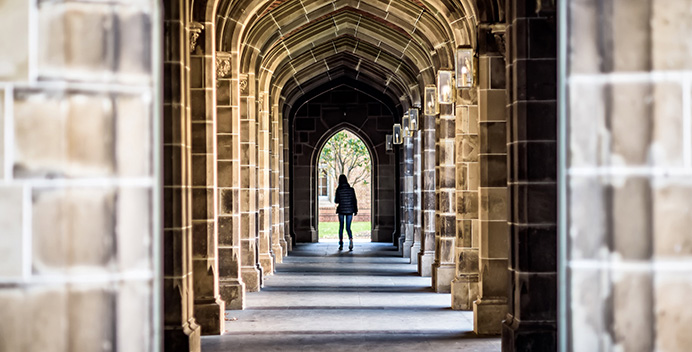Over many years, enrollment has generally followed the size of the college-aged population. As that demographic group has gotten smaller, enrollment has dropped and is expected to shrink further, leading to the “enrollment cliff” that has been projected for some time.Disclosure 2
While it was a main topic for many of our conversations with higher education leaders just a few years ago, the pandemic, the scramble to adjust to remote operations, and the financial relief provided by temporary government programs kept the looming enrollment issue at bay.
The enrollment cliff is front and center again. According to the latest U.S. Census Bureau projections, the shrinkage in number of college-aged students is expected to be greater than previous estimates, even after considering immigration effects.Disclosure 2 Additionally, downward pressure on college demand arises from a strong job market that encourages high school graduates to delay college or forgo it altogether, reducing the supply of potential applicants. Inflation and higher interest rates combined with college tuition and fees have risen much faster than CPI for years, dragging college demand and enrollment down even further.



turn-their-focus-to-enrollment-trends-mobile-750x750.jpg)
turn-their-focus-to-enrollment-trends-census-inline-chart-desktop.jpg/jcr:content/renditions/original)
